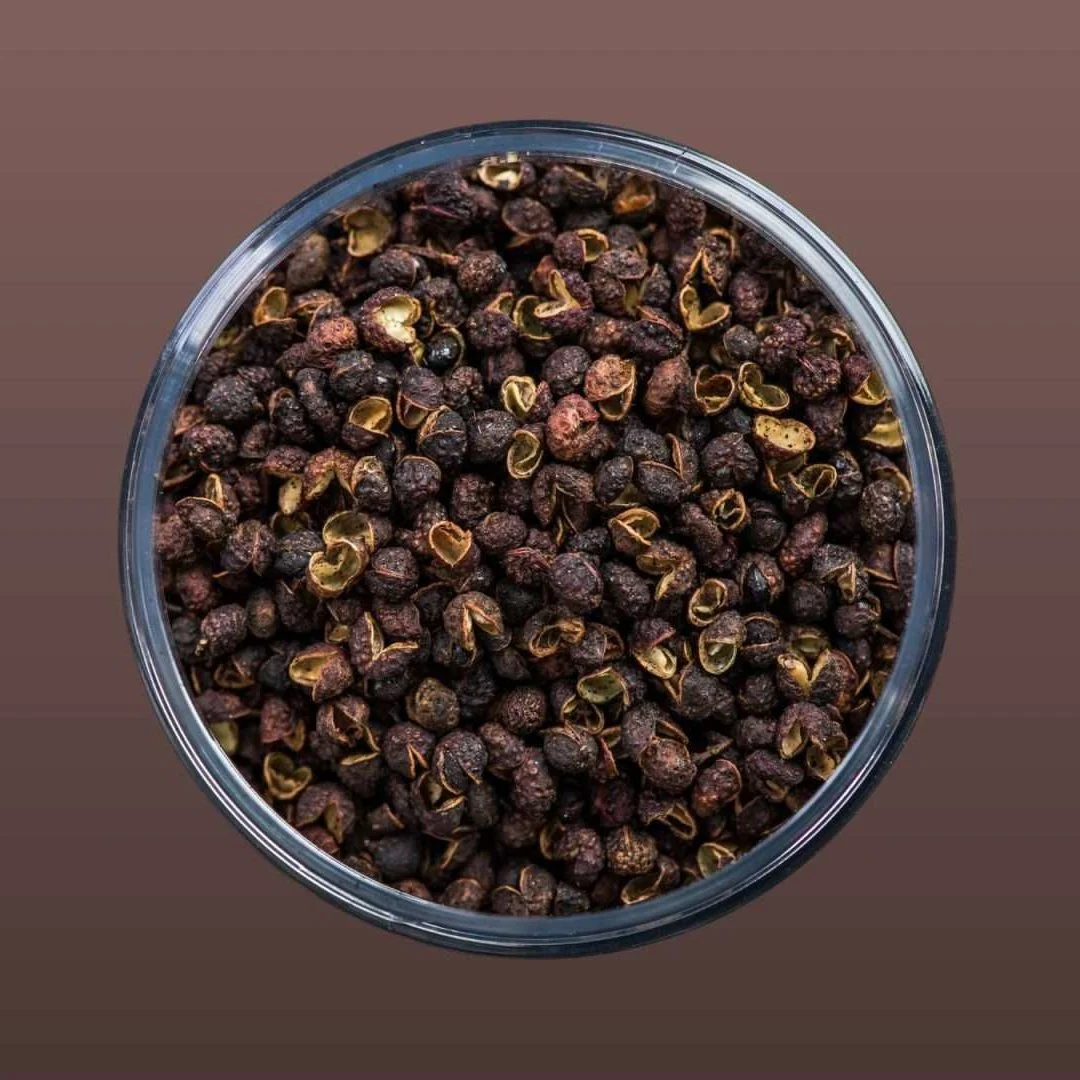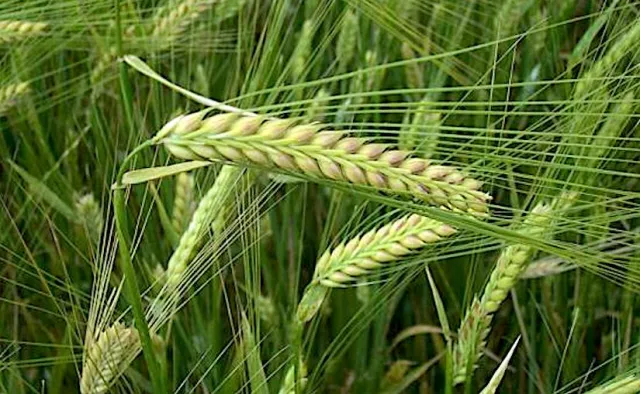Share this Article
Fritillaria cirrhosa, commonly known as the Yellow Himalayan Fritillary or Kakoli in Nepali, is a perennial herbaceous plant belonging to the Liliaceae family. Native to the high-altitude regions of the Himalayas, it is revered in traditional medicine across Nepal, India, China, and Tibet for its therapeutic properties. However, overexploitation due to its medicinal value has led to significant conservation concerns.
Botanical Description of Fritillaria cirrhosa
Fritillaria cirrhosa, commonly known as the Yellow Himalayan Fritillary or Kakoli, is a perennial herbaceous plant belonging to the Liliaceae family. This species is native to the high-altitude regions of the Himalayas, including parts of Nepal, India, Bhutan, and Tibet, where it thrives in alpine and subalpine habitats.
Morphological Features:
- Bulbs: Up to 20 mm in diameter, serving as the primary medicinal part.
- Stem: Can reach up to 60 cm in height, typically bearing one to three bell-shaped flowers.
- Leaves: Narrowly lanceolate, usually opposite, occasionally whorled, up to 13 cm long.
- Flowers: Bell-shaped, yellowish-green to brownish-purple, often with a chequered pattern in dull purple.
- Habitat: Found in alpine slopes and shrublands of the Himalayas at altitudes ranging from 2700 to 4000 meters.
Ecological Distribution
Fritillaria cirrhosa thrives in the high-altitude regions of the Himalayas, including parts of Nepal, India, Bhutan, and Tibet. It typically grows in moist, shady areas such as coniferous forests, alpine scrub, meadows, and rock crevices, at elevations between 3000 and 4800 meters. The plant is adapted to these specific ecological niches, which are crucial for its survival and propagation.
Medicinal Significance
In traditional medicine, particularly within Ayurvedic and Chinese systems, Fritillaria cirrhosa is esteemed for its therapeutic properties:
- Respiratory Disorders: Used to treat asthma, bronchitis, and tuberculosis.
- Expectorant: Enhances mucus secretion, aiding in the relief of coughs and chest congestion.
- Hemostatic: Applied to stop bleeding from wounds.
- Dermatological Uses: Employed in treating skin conditions like pimples.
- Cognitive Health: Believed to improve memory and reduce mental disorders.
- Digestive Aid: Used to alleviate stomach pain and gastritis.
- Anti-inflammatory: Reduces inflammation and swelling
- The primary active compounds contributing to these effects include alkaloids such as verticine, verticinone, and isoverticine, which possess antitussive and expectorant activities. Additionally, saponins found in the plant have been noted for their potential therapeutic benefits.
Conservation Status
Fritillaria cirrhosa is classified as "Vulnerable" on the IUCN Red List due to several factors
- Overexploitation: Intensive harvesting of bulbs for medicinal purposes.
- Illegal Trade: Unregulated collection and distribution in herbal markets.
- Habitat Loss: Degradation of its natural habitats due to human activities.
- Climate Change: Alterations in climate patterns affecting its growth conditions.
Estimates suggest a significant reduction in its suitable habitat, with projections indicating an 83.8% decrease by 2050.
Sustainable Practices and Conservation Efforts
To mitigate the decline of Fritillaria cirrhosa, several conservation strategies are being implemented:
- Cultivation Initiatives: Encouraging the cultivation of Fritillaria in controlled environments to reduce pressure on wild populations.
- Community Engagement: Involving local communities in conservation efforts through awareness programs and sustainable harvesting practices.
- Legislative Measures: Enforcing regulations to control illegal trade and overharvesting.
- Research and Monitoring: Conducting studies to understand the plant's ecology and population dynamics for informed conservation planning.
These efforts aim to ensure the survival of Fritillaria cirrhosa while maintaining its ecological balance and medicinal value.
Conclusion
Fritillaria cirrhosa is a plant of significant ecological and medicinal importance. Its unique habitat requirements and valuable medicinal properties make it a subject of both admiration and concern. Conservation efforts are crucial to prevent its extinction and to preserve the traditional knowledge associated with its use. Through sustainable practices and collaborative initiatives, it is possible to protect this remarkable species for future generations.
Categories:
Medicinal Plants of Nepal
Tags:
FritillariaCirrhosa







